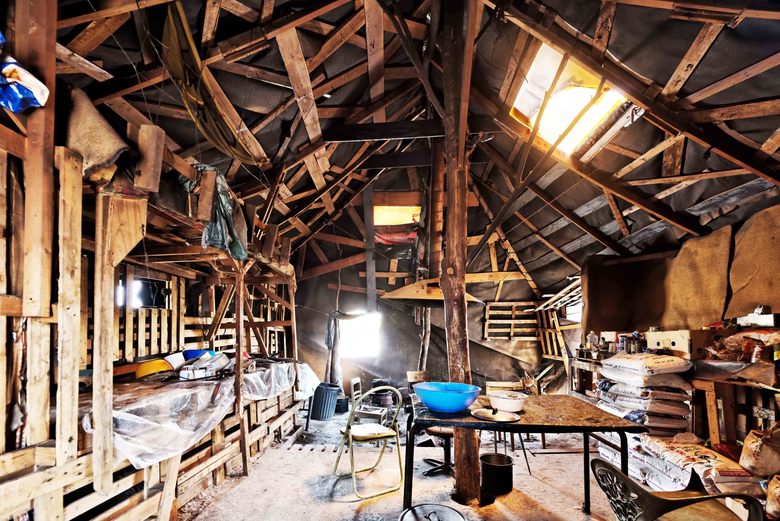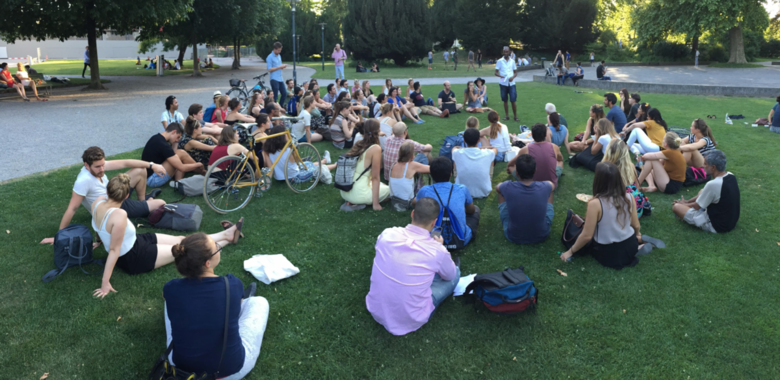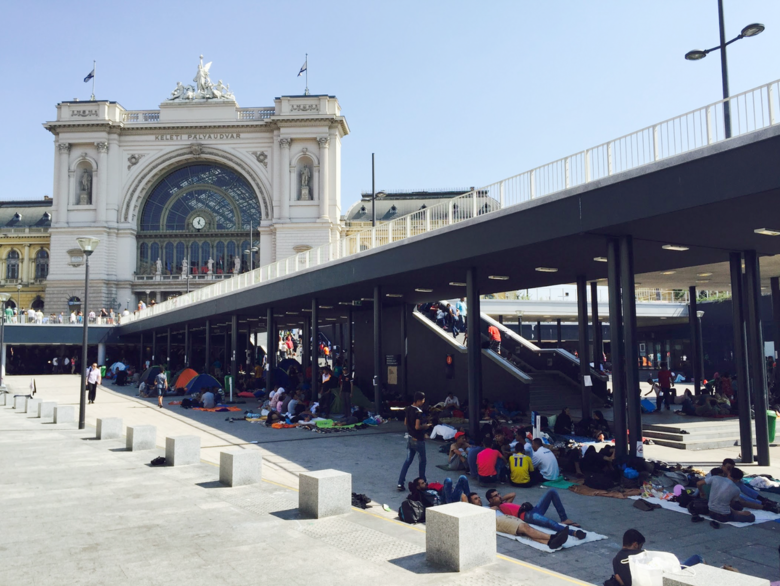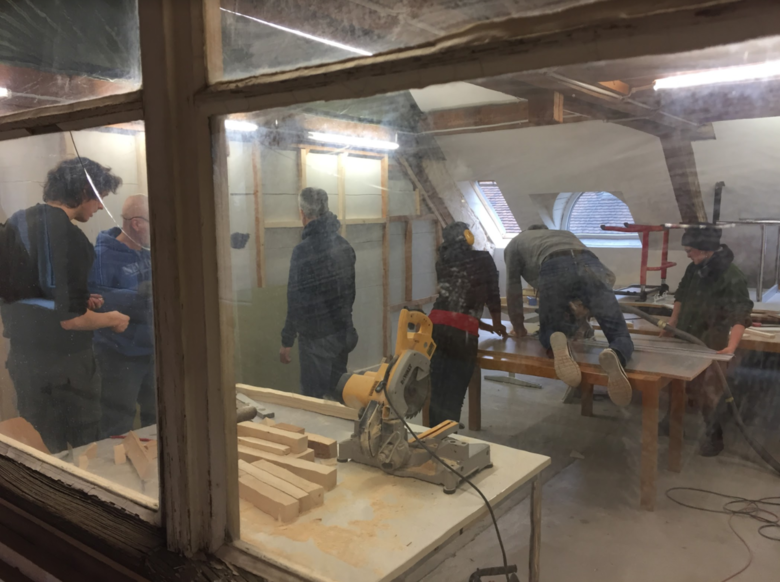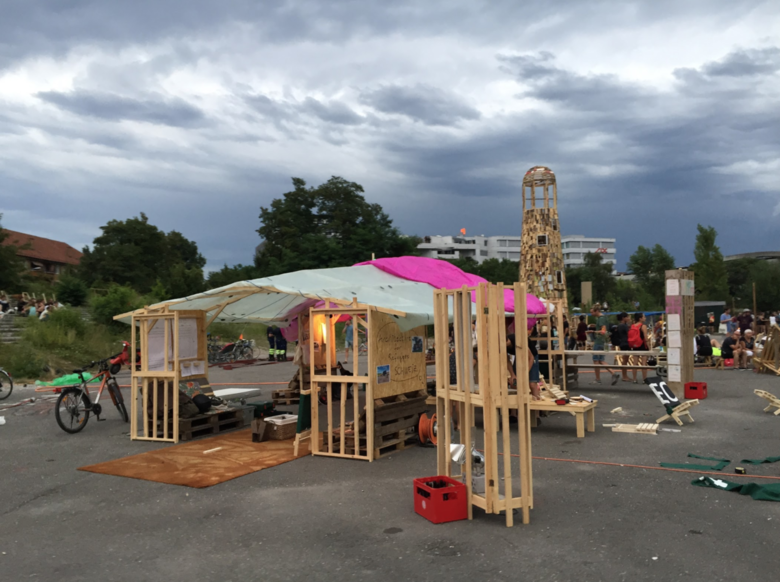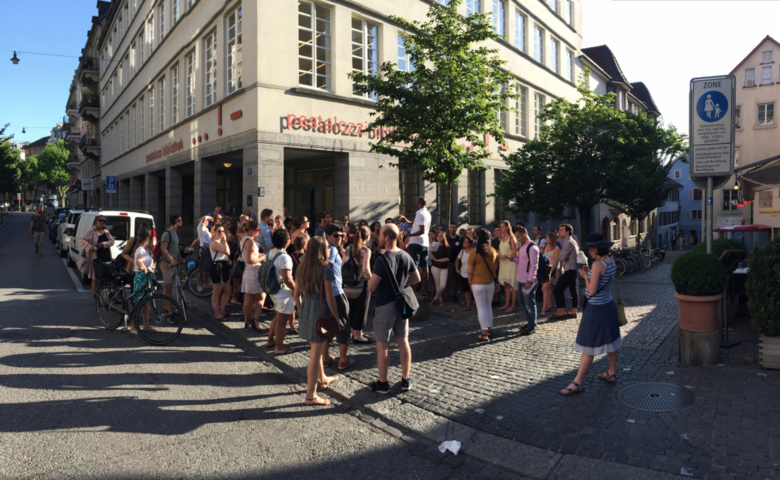Architecture is a Human Right!
In 2015, at the height of the refugee crisis, the platform “Architecture for Refugees” was launched. Its initiators are meanwhile thinking bigger and, under the catchy and memorable slogan “Architecture is a Human Right,” they are committed to bringing about fundamental change in the social climate. World-Architects supports them in this effort and offers them a forum. Co-founder Bence Komlósi spoke to us about both projects.
- “Architecture for Refugees” got underway in 2015. Originally started as a Facebook page, architectureforrefugees.com has since developed into a multimedia platform for discussion.
- It gathers together information about problems and approaches to solving them. The aim is to stimulate a fruitful discourse and to engender compelling architectural projects that promote integration.
- “Architecture is a Human Right” has bigger goals: the climate of society as a whole needs to change. According to the initiators, housing is a human right. That is in line with the thinking of Jorge Lobos, who heads the organization “Emergency Architecture & Human Rights” (EAHR).
- Bence Komlósi accuses the architectural scene of being too passive and at times uncritical. He calls on architects to become politically active.
Elias Baumgarten: What caused you to establish “Architecture for Refugees”?
Bence Komlósi: During the peak phase of the refugee crisis, we were in Budapest at “Keleti,” the city’s eastern railway station. That was our first contact with the topic. That was in 2015. Two- to three-thousand people were stranded there in the public space – with nothing but sleeping bags; no supplies, no food, no drinks. That affected us deeply. We asked ourselves what could be done. I think it’s actually quite easy to satisfy basic needs and raise money – but that’s certainly not a long-term solution. But what can we do, as architects? How can architecture improve the situation in the medium to long term? At first we simply googled. In doing so, we immediately found – pardon my directness – a lot of stupid shelter solutions; very rudimentary ideas that simply provide a roof over one’s head. That has nothing to do with integration, inclusion, and organizing a good coexistence.
We also realized that architectural designers almost never talk about the topic. That’s why we initially started to collect material. To distribute the material and make it readily available, we first created a Facebook page. Later we launched our website architectureforrefugees.com, which is conceived as a kind of Wikipedia on the topic. That’s where we compile all the content we can find – from essays to specific projects.
EB: So your focus is on discourse?
BK: The first thing is to stimulate a fruitful debate and to bring different actors into a dialogue. In many cases there is still a lack of knowledge about problems and needs. We want to change that. That takes lots of patience. In addition, we present and discuss several interesting projects that have been created in recent years. In the near future, our focus will undoubtedly make a gradual shift from theoretical discourse and knowledge multiplication and transfer to the debate about built architecture and adaptive reuse. Also important to me is that all too often, architects stay within their own tiny bubble. But what’s needed is an interdisciplinary discourse that also includes those who are affected.
EB: That sounds good. How exactly do you stimulate this exchange beyond the architectural scene?
BK: We organize regular workshops with “Architecture for Refugees SCHWEIZ,” for example. They are always free of charge and therefore open to everyone. We have guests there from various disciplines and fields – ranging from architecture to politics – and usually from 15 or more countries. In addition, we have already given many city tours in Zurich. The participants included refugees as well as architects and students, but also other ordinary citizens. We visit important places like the main railway station, Platzspitz park, and the Pestalozzi public library.
EB: You mentioned “stupid shelter solutions” before. What would be better?
BK: What’s needed is a kind of social engineering. If we want to promote integration, we have to pay attention to creating a mixture in our buildings and neighborhoods. Of course this realization is nothing new. But there are still too few projects that implement such a mix. In this country, many accommodations are located in remote areas, in places with no functioning neighborhoods. And due to the statutory provisions, the opportunities to work or to even leave those places are very limited. Contact with the local population, which is so important, is hardly ever established. This also shows that architecture alone cannot solve all the problems. Architects must cease to always view themselves just as artists who focus solely on questions of aesthetics. Rather, they should take an active role as political actors. Many of us are simply too passive, and also too uncritical.
Moreover, we spend about 20 percent of our time in our homes and 50 percent in communal spaces – at work, for instance, or in a café. That’s well established. The remaining 30 percent is spent in public spaces. That means we need to pay increased attention to places of encounter outside the home. With regard to integration, inclusion, and creating a real mix, this still does not happen enough.
EB: Do you receive support for “Architecture for Refugees”? Who helps you?
BK: We work internationally, nationally, and locally. The situation varies from country to country. In Switzerland, for example, the City of Zurich supports us. In addition, there are also a few small foundations and some architects. But we’re talking about small sums. We could certainly use more (financial) help.
EB: Now you are building up the platform “Architecture is a Human Right.” How did that come about?
BK: We live in a time of many pressing problems. That a large number of people have been forced to flee their homes – almost 70 million worldwide according to the UNHCR – is just one of these problems. Other major issues are climate change, resource conservation and sustainability, and especially the lack of housing. We need to talk about the constitution of society as a whole. It isn’t enough to just ask questions about how to house and integrate refugees. In the long term, we want nothing less than to make a contribution to changing the social climate. We want an inclusive, egalitarian society. Even though awareness has increased in recent years, especially for social problems, and a lot has already been done, a lot still needs to happen.
EB: But why “Architecture is a Human Right”?
BK: In Denmark there is an organization called “Emergency Architecture & Human Rights.” It was founded by Jørgen Taxholm. Its director is Jorge Lobos. They gave us the inspiration for the slogan. Just like, for example, education or security or even affiliation with a community, having a home must also be a human right, meaning that it’s possible for everyone. Likewise, access to public spaces, communal spaces, is also a human right in our opinion. And in saying that we are not just addressing a group of poor people somewhere far away; unequal access to housing also exists here in Central Europe.
Incidentally, what we’re advocating is not a new idea. The first buildings constructed with the aim of creating dwellings for the working class, for example, date from the 19th century. Even in the 1960s and 1970s, the topic was discussed frequently and elaborated in utopian visions. Yet it has not lost any of its topicality – indeed, the opposite is true.
EB: That sounds very idealistic. What are you doing concretely?
BK: We provide content for our own landing page on world-architects.com. There we collect content and ideas, projects, and essays. We also organize live talks on Facebook, where we discuss specific projects with different architects. I find it particularly important to present sustainable buildings; houses and ensembles that were created based on a regional value chain, with local craftspeople, materials, and building techniques for the people who live in that place.
EB: That last part sounds like surprisingly conservative values. I’ve increasingly been noticing recently that in our generation, thinking in fixed political camps is less pronounced and therefore ideas are not discarded so quickly simply because their origins are mistaken.
BK: I like to use the concept of finding the right “balance.” Of course, what I have just sketched out can also quickly tip in the direction of withdrawal, isolation, and even nationalism. Unfortunately, that’s what you can currently observe in my home country of Hungary. But at the same time, a lot of positive things can be achieved by focusing on the local situation. We need an open process of discussion. There are no patent remedies.
This article originally appeared as "Architecture is a Human Right!" on Swiss-Architects. Translation by David Koralek / ArchiTrans.
